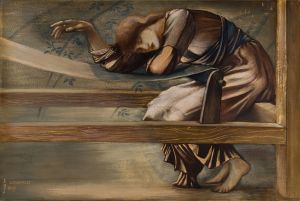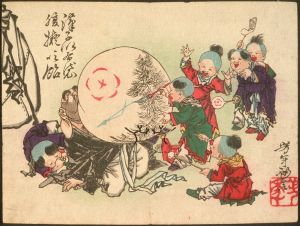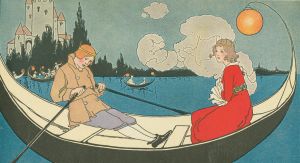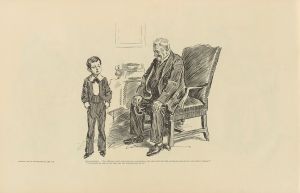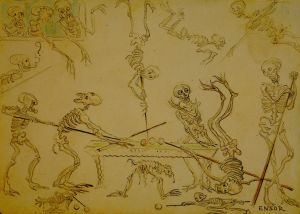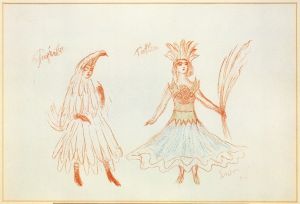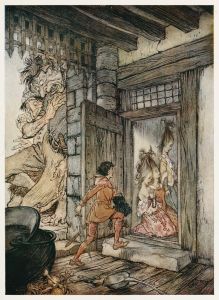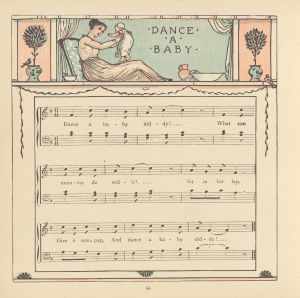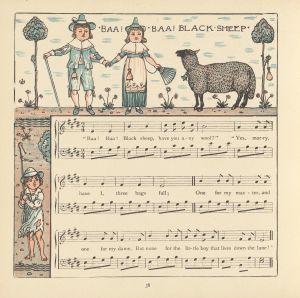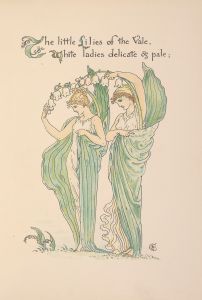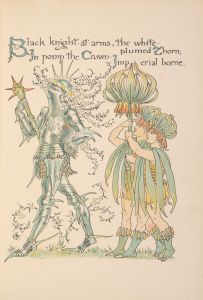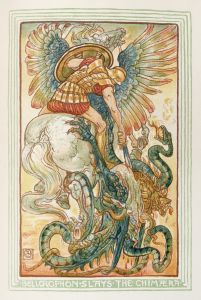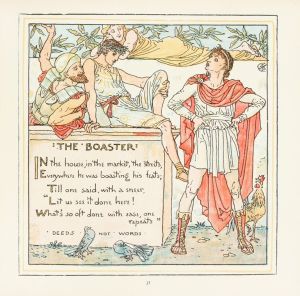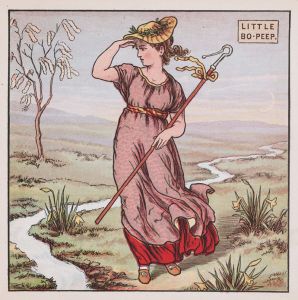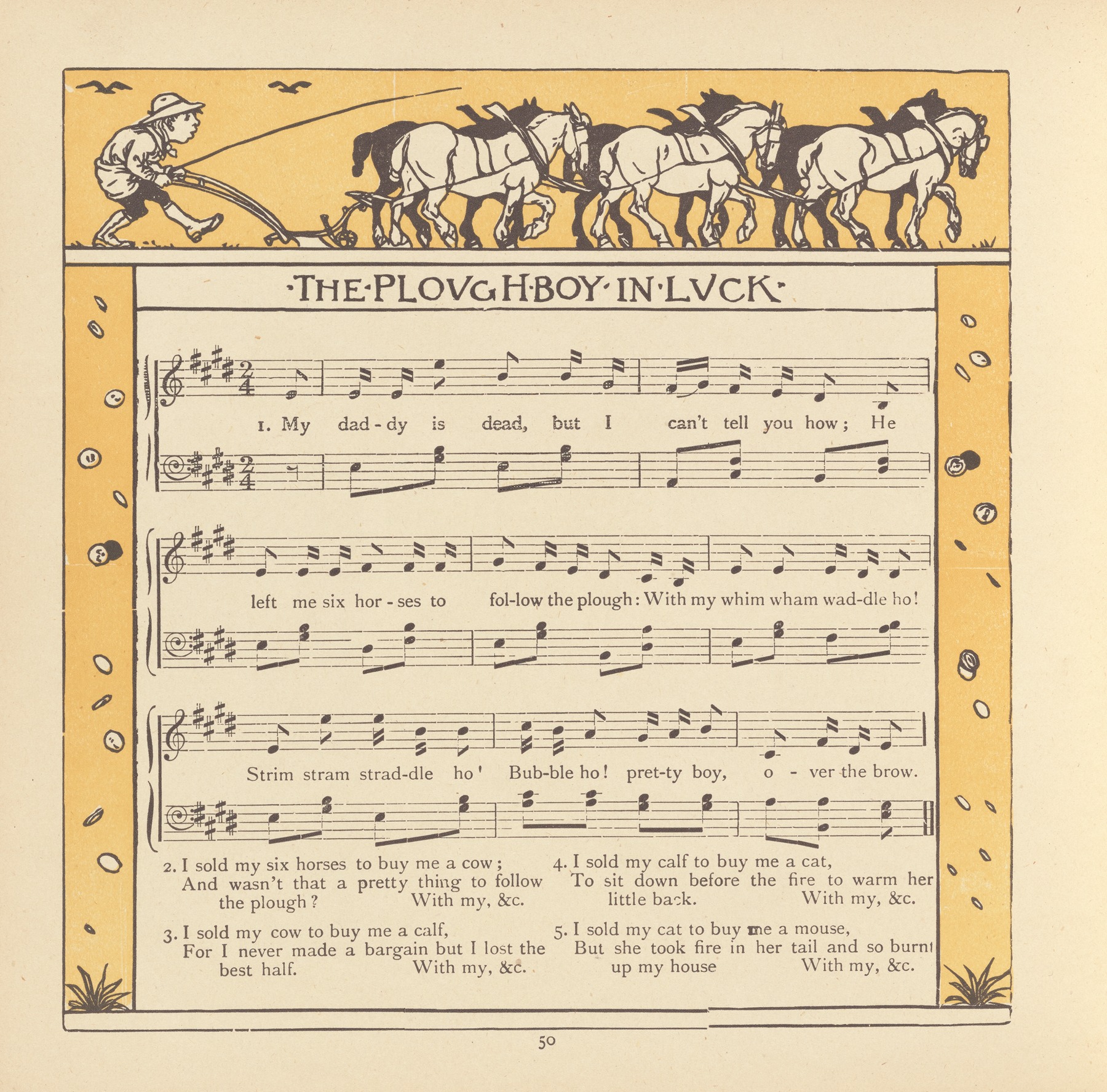
The Ploughboy in Luck
A hand-painted replica of Walter Crane’s masterpiece The Ploughboy in Luck, meticulously crafted by professional artists to capture the true essence of the original. Each piece is created with museum-quality canvas and rare mineral pigments, carefully painted by experienced artists with delicate brushstrokes and rich, layered colors to perfectly recreate the texture of the original artwork. Unlike machine-printed reproductions, this hand-painted version brings the painting to life, infused with the artist’s emotions and skill in every stroke. Whether for personal collection or home decoration, it instantly elevates the artistic atmosphere of any space.
"The Ploughboy in Luck" is an illustration by the renowned English artist and book illustrator Walter Crane. Born in Liverpool in 1845, Crane became one of the most influential figures in the Arts and Crafts movement, which sought to revive traditional craftsmanship and integrate it with the fine arts. His work is characterized by its intricate detail, vibrant colors, and the seamless integration of text and image, making him a pivotal figure in the development of children's book illustrations.
Walter Crane's career began in earnest when he was apprenticed to the wood-engraver William James Linton. This experience honed his skills in detailed line work and composition, which would become hallmarks of his later illustrations. Crane's early exposure to the Pre-Raphaelite Brotherhood also influenced his style, particularly their emphasis on medieval and romantic themes.
"The Ploughboy in Luck" is one of Crane's many illustrations that reflect his interest in folklore and traditional stories. The illustration depicts a young ploughboy, a common figure in rural England, who appears to be experiencing a moment of good fortune. The scene is rendered with Crane's characteristic attention to detail and vibrant use of color, creating a lively and engaging image.
Crane's illustrations often accompanied nursery rhymes, fairy tales, and fables, and "The Ploughboy in Luck" is no exception. His ability to capture the essence of these stories in a single image made his work particularly popular with children and adults alike. The illustration likely accompanied a story or rhyme that would have been familiar to contemporary audiences, enhancing their enjoyment and understanding of the text.
Throughout his career, Crane was a prolific illustrator, producing works for numerous books, periodicals, and other publications. His contributions to the field of illustration were not limited to his artistic output; he also wrote extensively on the subject, advocating for the importance of integrating art into everyday life. His book "Of the Decorative Illustration of Books Old and New" (1896) is a seminal work that outlines his philosophy and approach to book illustration.
Crane's influence extended beyond the realm of illustration. He was an active member of the Arts and Crafts Exhibition Society and worked closely with other prominent figures in the movement, such as William Morris. Together, they sought to elevate the status of decorative arts and promote the idea that art should be accessible to all, not just the elite.
In summary, "The Ploughboy in Luck" is a testament to Walter Crane's skill as an illustrator and his dedication to the principles of the Arts and Crafts movement. His work continues to be celebrated for its beauty, craftsmanship, and ability to bring stories to life through visual art.





